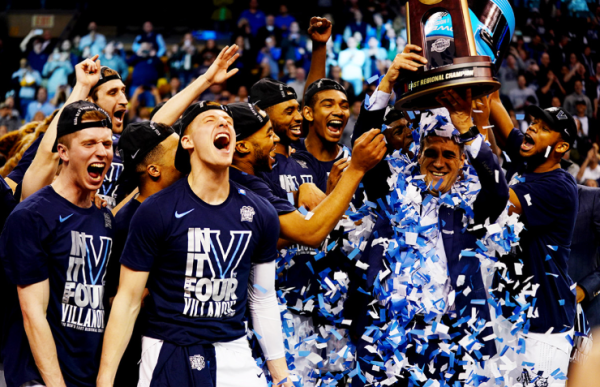Oscars’ New Diversity Rules Hold the Entertainment Community Accountable.
September 25, 2020
Since the beginning of the entertainment industry, the most “acceptable” entertainers to society were white people. Shows, movies, and other forms of visual entertainment all started out as dominantly white. As years passed, and minorities were given more opportunities to be involved in the industry, this trend slowly declined. However, the industry was still lacking an even amount of minorities.
In 2015, the Oscars announced 20 all-white acting nominees, which set into play the movement for diversity in the entertainment industry. As the hashtag “OscarsSoWhite” trended the Academy of Motion Picture Arts and Sciences began taking strides to diversify the entertainment industry.
This month, the academy released a brand new diversity and inclusion initiative in response to the movements around the world that are calling for racial equality. In effect for the 2024 Oscars, new guidelines have been set in place in order for a film to meet the guidelines to be able to qualify for a nomination.
To encourage diversity in front of the camera, 1 of 3 of these criteria must be met:
At least one actor from an underrepresented racial or ethnic group must be cast as a significant role; the story must center on a woman, L.G.B.T.Q.+ people, a racial or ethnic group, or someone who is disabled; at least 30% of the cast must be actors from at least two of those four underrepresented categories (NY Times).
The second part of their diversity rules pertains to the hiring for productions behind the scenes. These major productions must also meet 1 of these 3 categories:
Two or more department heads — meaning jobs like director, cinematographer, or composer — must be female, L.G.T.B.Q., disabled, or part of an underrepresented racial or ethnic group; at least six other crew members must be from an underrepresented racial or ethnic group; at least 30 percent of the film’s crew must hail from the four underrepresented groups continually laid out in these guidelines.
These rules are a revolutionary and industry-changing aspect because it will encourage and stimulate the representation of the now underrepresented people of society. Amber Han (11), says that she believes “a more representative It will give way for the stories of people whose stories need to be heard on the screen. In addition, it will give more opportunities for minorities to be in the film industry that was previously white-dominated. It shows that groups who have faced oppression are welcome and are given the opportunities that white actors have had for 9 decades on the big screen and behind the scenes.
























danielle huizar • Oct 1, 2020 at 8:48 PM
The Oscar diversity rules are a great way to create a more diverse film industry. Karina did a great job of explaining the rules.